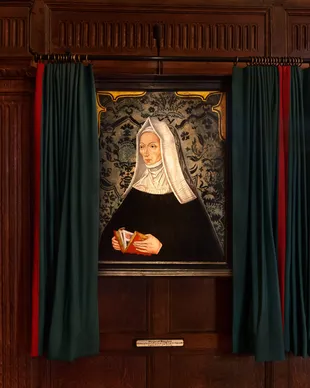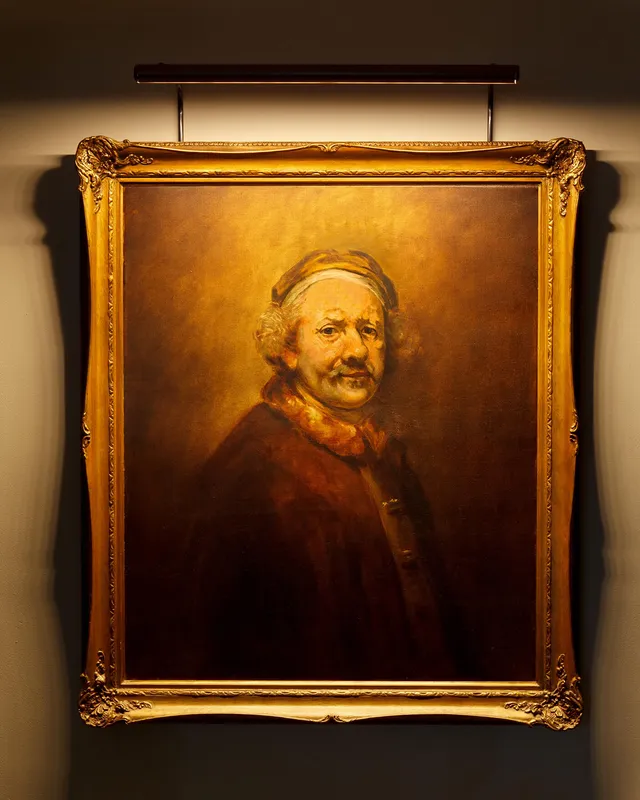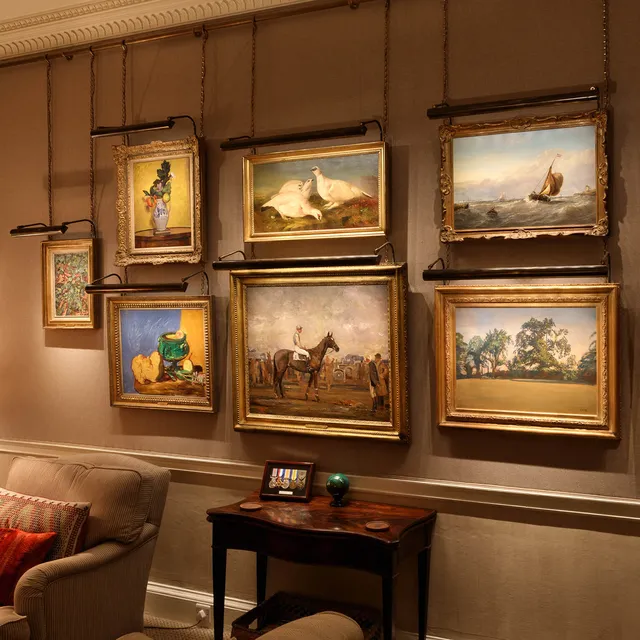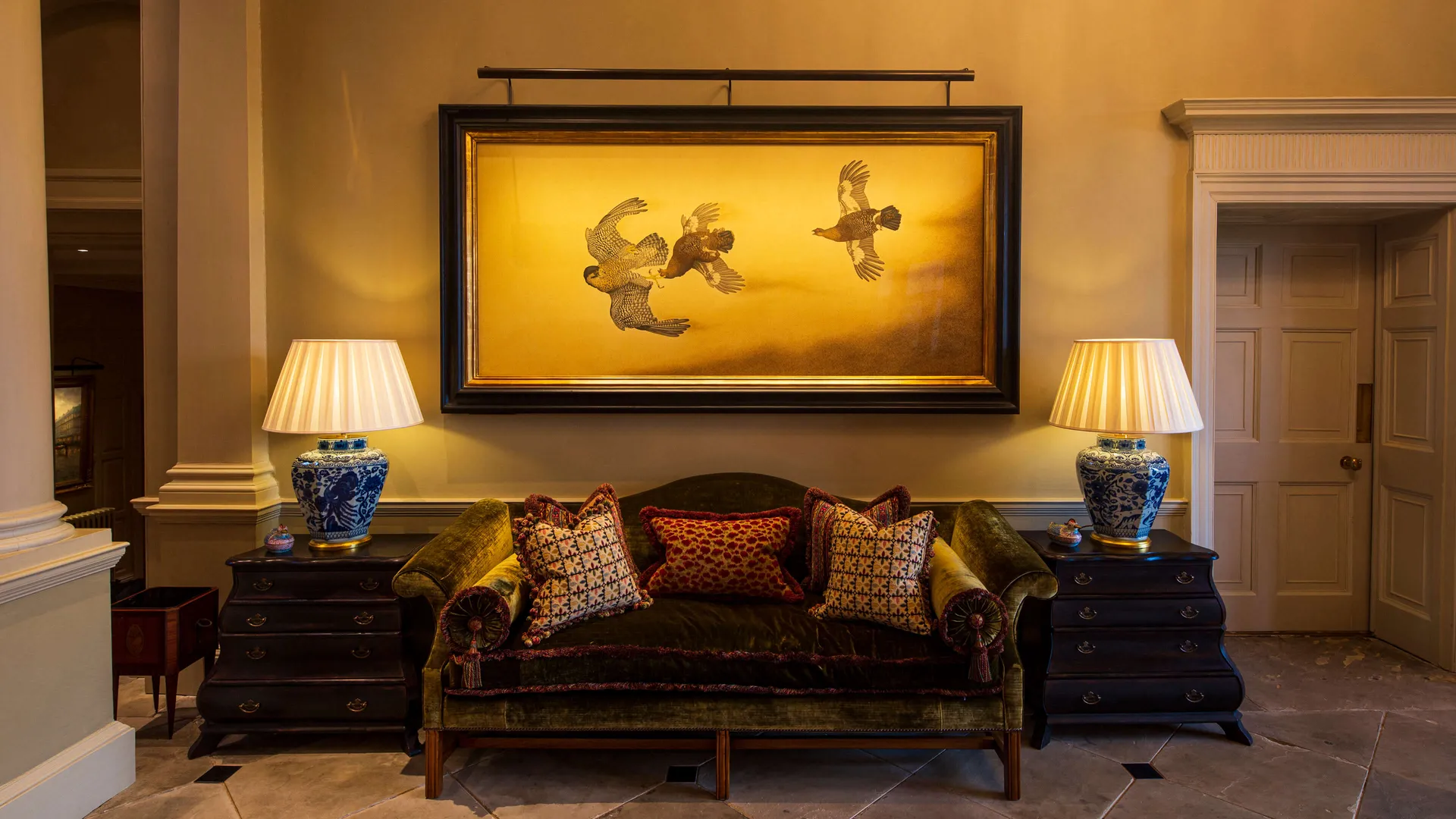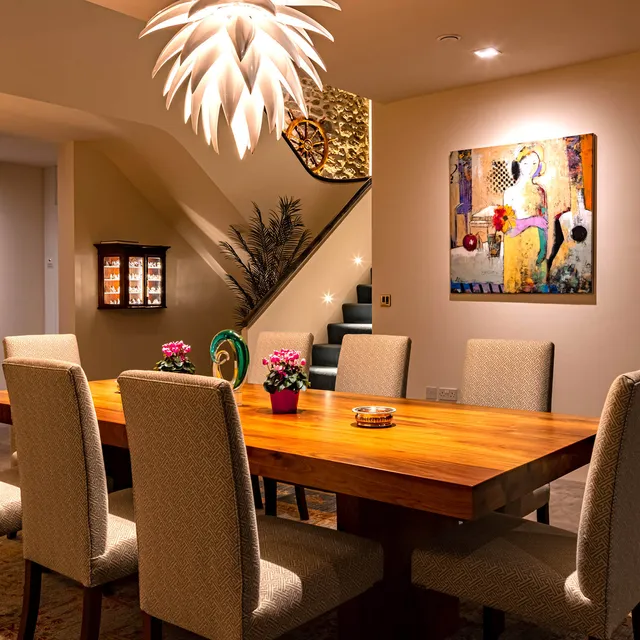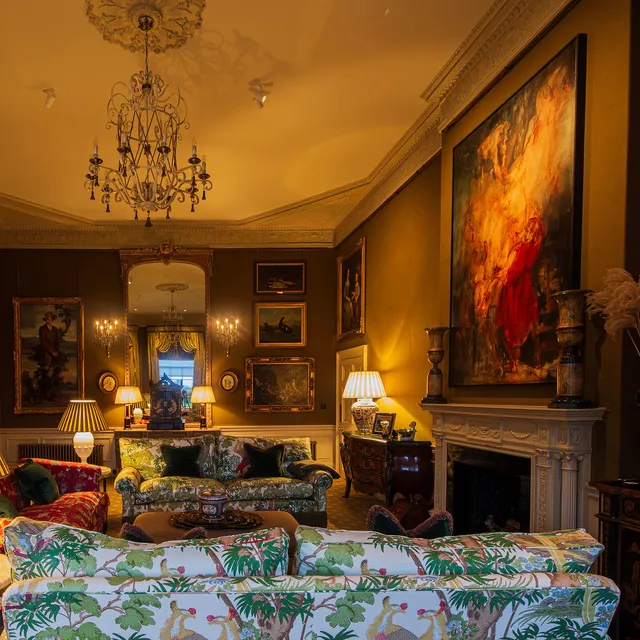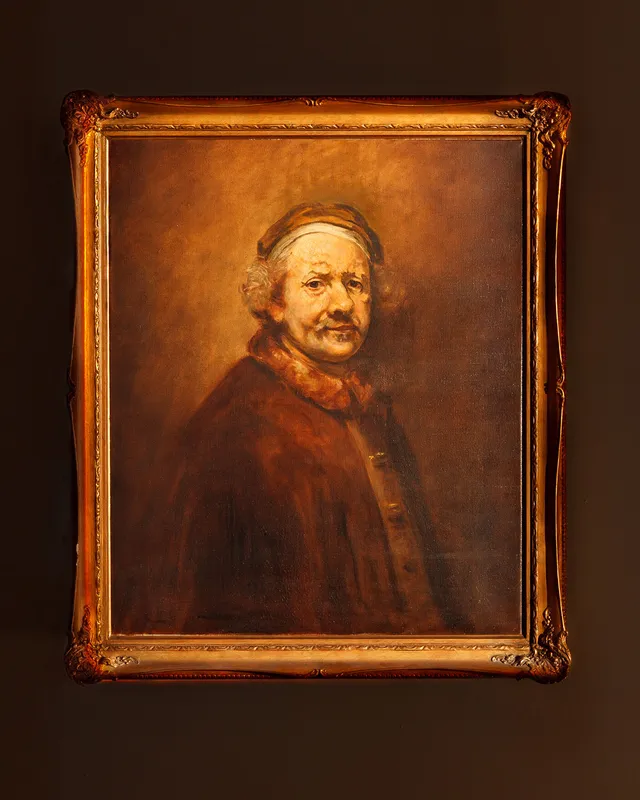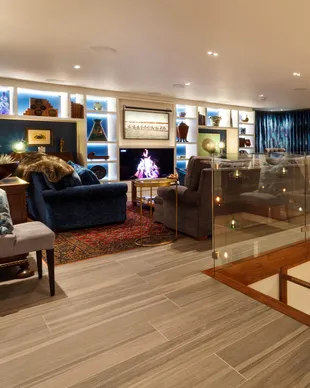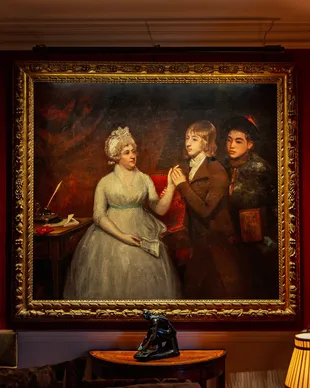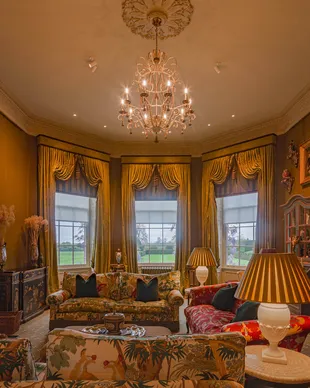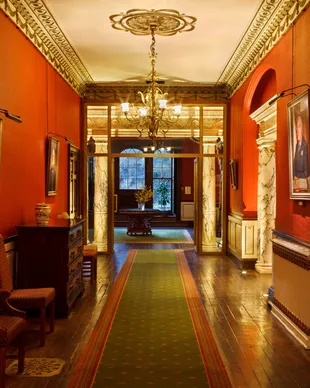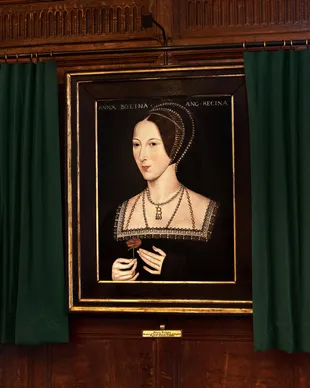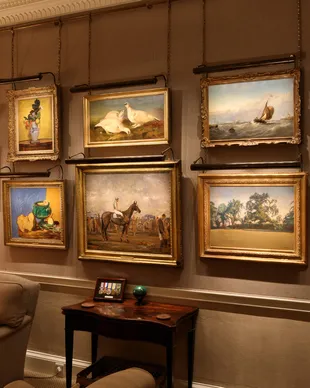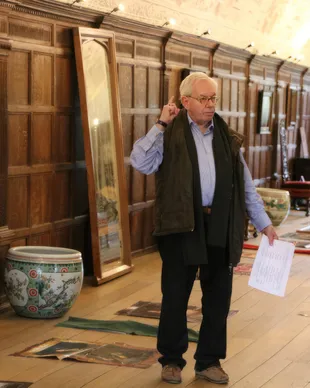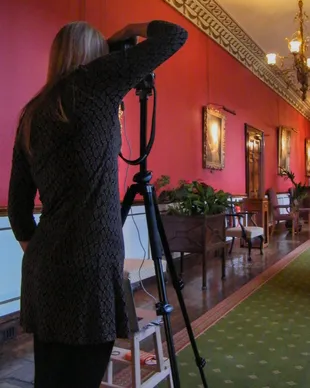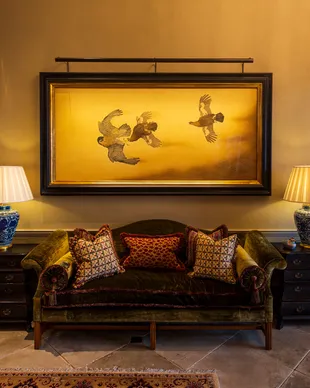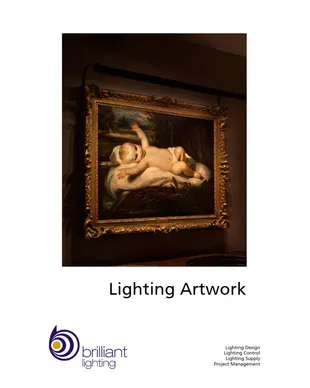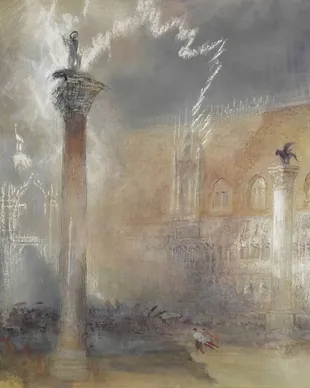The traditional picture light has been around for decades with incandescent, halogen, fluorescent, and more recently LED light sources being used for lighting artwork. Each source has its own characteristics and issues.
Historically, incandescent lamps were the predominant light source used: they give a warm glow and accentuate reds and golds rather than blues and greens, but overall they offered better colour rendering than fluorescent and most LED sources. However, incandescent and halogen sources are inefficient and can damage the artwork. Unless filtered they emit ultra-violet (UV) light, and worse, they also emit heat. Incandescent picture lights have had their day.
As LED sources have come in (either LED lamps, or dedicated 24v LED picture lights), these offer benefits around reduced UV and heat, but often they have very poor colour rendering. Poor quality LED lights are generally very bad at rendering reds and strong blues: both of which tend to be quite important in artwork as they make up skin tones, shadows etc. Without a full spectrum of light paintings will appear flat and dull (or at worst, bilious and unpleasant).
Regardless of the light source, traditional picture lights work best with small pictures only as they simply don’t ‘throw’ the light: we are all familiar with larger paintings with a hotspot at the top, and a completely dark bottom.
